Supercar recalls have become a pivotal concern in the realm of high-end automotive manufacturing, marking significant moments in recent production history that have resonated globally. These recalls often come as a shock to the industry and consumers alike, given the meticulous engineering and premium status associated with these vehicles.
The term ‘Supercar Recalls’ not only highlights mechanical or technological flaws in some of the world’s most coveted cars but also underscores the immense responsibility manufacturers bear in ensuring safety and reliability. Such incidents not only impact the brand’s reputation but also raise crucial questions about the evolving complexities in automotive design and the rigorous standards required to safeguard consumers. This growing trend in supercar recalls invites a critical examination of both the challenges and advancements in this exclusive automotive sector.
Tesla’s Biggest Recall
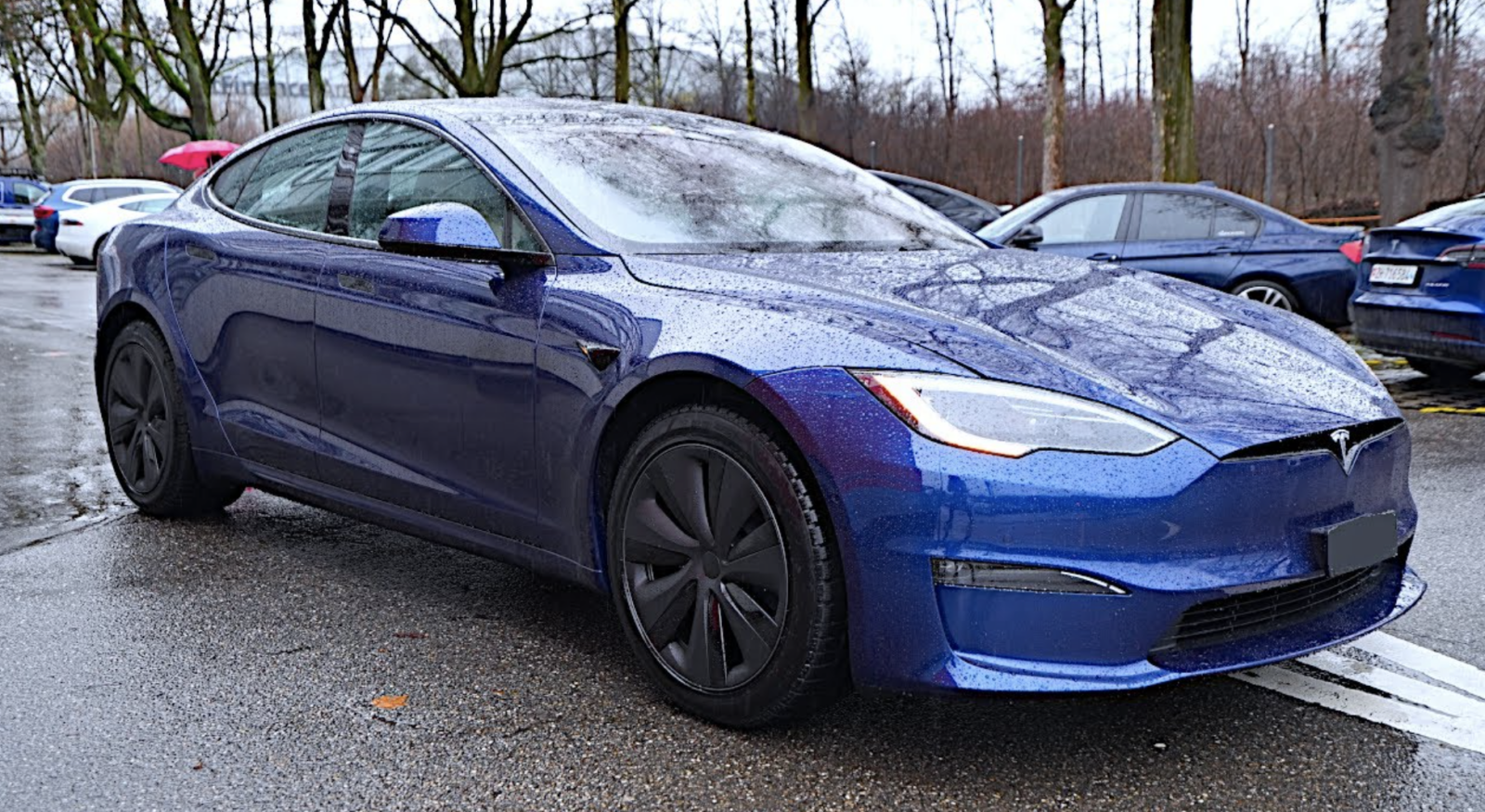
Recently, Tesla has initiated a significant recall of more than two million vehicles in the United States, marking it as the largest recall in the company’s history. This action comes after a two-year investigation by the National Highway Traffic Safety Administration (NHTSA) into the Autopilot function of Tesla vehicles.
The recall encompasses Tesla models Y, S, 3, and X produced between October 5, 2012, and December 7, 2023. The primary concern leading to this recall is the potential safety hazard posed by defects in the Autopilot software system. Specifically, the system’s controls may need to be improved to prevent driver misuse.
NHTSA’s investigation was sparked by over a dozen incidents where Tesla vehicles collided with stationary emergency vehicles, allegedly using the Autopilot system. This investigation highlighted concerns that Autopilot might provide insufficient driver engagement and usage controls, leading to predictable misuse. Furthermore, NHTSA examined 956 crashes where Autopilot was initially alleged to be in use, focusing mainly on 322 Autopilot-involved crashes.
Tesla plans to roll out a software update in response to these concerns. This update will include increased visual alert prominence, simplified engagement and disengagement of Autosteer, and additional checks upon engaging Autosteer.
NHTSA has emphasized that automated technology holds immense potential for improving safety but must be deployed responsibly. The recall and subsequent updates are seen as steps toward enhancing safety in computerized systems.
Since 2016, NHTSA has initiated over three dozen crash investigations into Tesla, particularly where driver systems such as Autopilot were suspected of being used. These investigations have reported 23 crash deaths to date.
This recall is part of a broader context of safety concerns surrounding Tesla’s Autopilot and Full Self-Driving systems. These concerns have led to multiple recalls and investigations over the past years, underscoring the ongoing debate and scrutiny over the safety and reliability of automated driving systems.
That being said, here are the five most notable supercar recalls recently.
5. Ferrari 296 GTB and GTS Recall
Affected Vehicles 425 Units
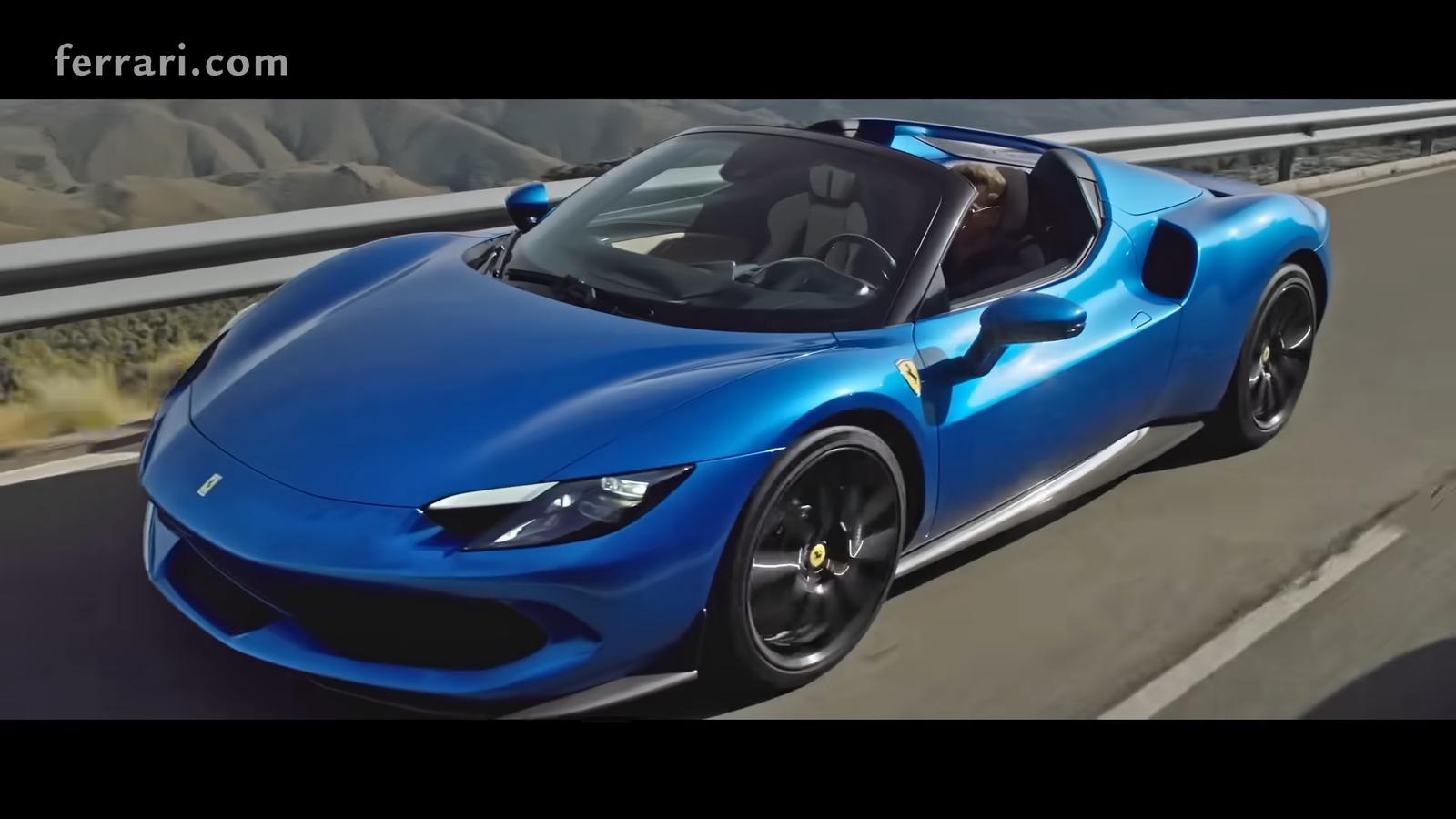
The recent recall of Ferrari’s 296 GTB and GTS models in the United States is significant, affecting 425 vehicles produced between March 2021 and April 2023. The root cause of the recall is galvanic corrosion, a chemical reaction resulting from the unintended contact between the aluminum fuel tank connecting pipe and the steel covering the battery. This corrosion leads to the degradation of the aluminum pipe, presenting a fire risk due to potential fuel leaks.
Ferrari became aware of this issue in early April after a pre-delivery inspection in China, where a dealer observed corrosion on the fuel tank connecting pipe. Although no fires, injuries, or related accidents have been reported in customer vehicles, Ferrari has proactively addressed this concern. The solution involves replacing the existing fuel tank connecting pipe with a new one that includes an anti-corrosive protective sleeve made of rubber. This design change aims to prevent further corrosion and eliminate the fire risk.
Ferrari has already begun implementing insulation material on the fuel pipe in producing the 296 models since April 20 to prevent future occurrences. Furthermore, Ferrari issued a stop-sale notice to dealers, ensuring that any 296 models in inventories were fixed before the sale.
Ferrari will notify owners of the affected vehicles through recall notification letters, which are expected to be sent on or before July 7, 2023. The repair will be conducted free of charge. Ferrari owners can obtain more information by referring to the National Highway Traffic Safety Administration (NHTSA) recall No. 23V-329 or visiting Ferrari’s recall website.
This recall underscores the complexities and potential challenges of integrating hybrid technology in supercars. While hybrid technology offers advantages like improved fuel economy and enhanced performance, it also brings unique challenges, as seen in the case of the Ferrari 296 models.
4. Lamborghini Huracan Recall
Affected Vehicle: 77 Units

Lamborghini has issued a recall for 77 units of the Huracan model in Australia, specifically affecting the Huracan EVO, STO, and Tecnica variants produced between 2022 and 2023. The recall is due to a fault in the vehicle’s seatbelt reminder system caused by incorrect software configuration. This issue results in the driver’s seatbelt reminder chime and visual indicator failing to activate when the car operates below 20 km/h.
The failure of the reminder system at low speeds could lead to drivers not being reminded to fasten their seat belts, which increases the risk of injury in an accident.
The problem was officially recorded in a recall notice lodged with the Australian Department of Infrastructure. Lamborghini urges affected vehicle owners to contact their authorized dealers to schedule a software update. This update will be provided free of charge for rectifying the software glitch. Owners can also contact Lamborghini’s customer care center for more information.
This recall emphasizes the importance of safety features in high-performance vehicles like the Lamborghini Huracan and the need for manufacturers to address any issues that may compromise these features promptly. The Huracan, renowned for its performance and design, is part of a category where safety and reliability are as crucial as speed and aesthetics.
3. Ford GT Recall
Affected Vehicles: 200 Units
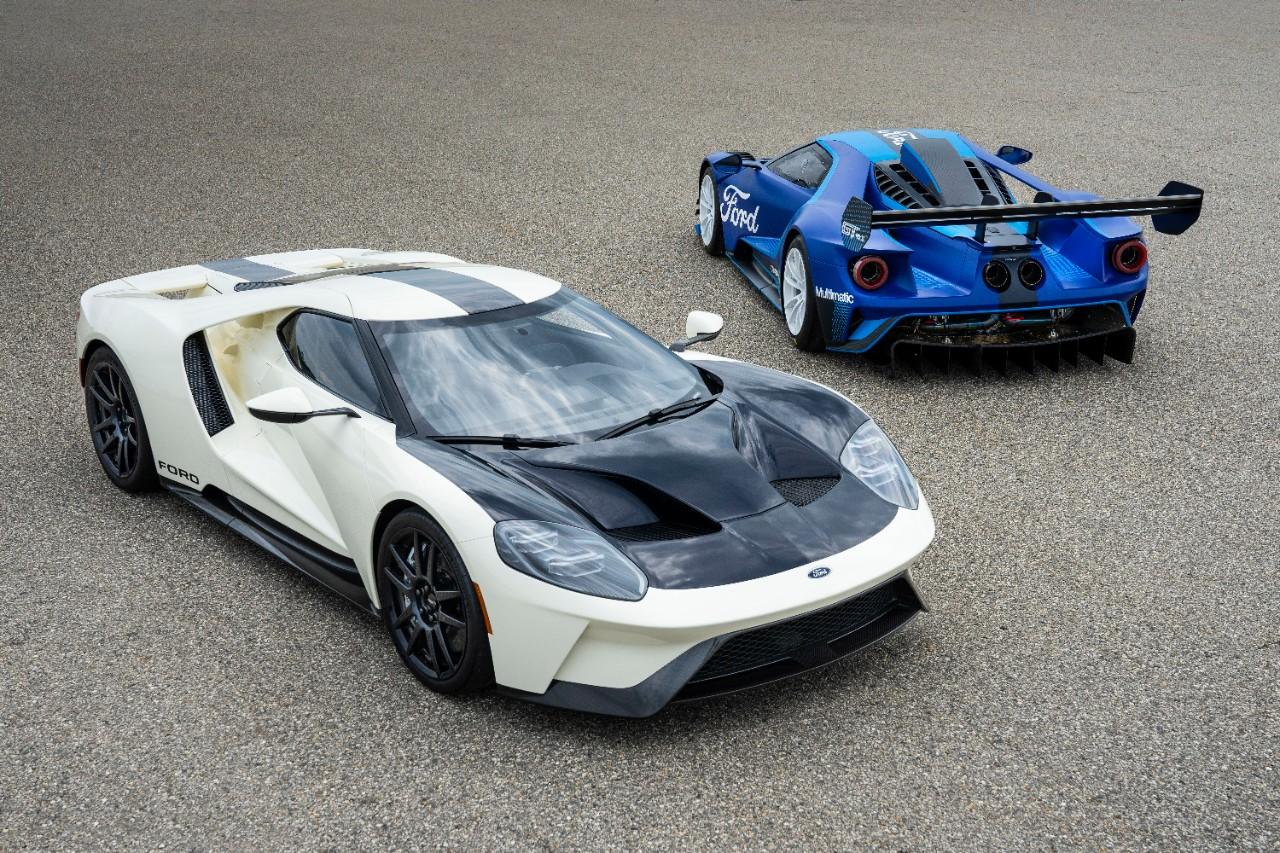
Ford has recalled approximately 200 GT supercars due to a fire risk associated with the active rear wing’s hydraulic lift system. This issue concerns the fluid leaking from the system’s valve block assembly, which is underneath the rear wing. The leaked fluid has the potential to fall onto the hot exhaust, creating a fire hazard.
This recall was prompted by an incident in Germany, where a Ford GT owner experienced a fire in the engine bay. After this event, Ford investigated and identified the leaking hydraulic system as the cause. While this was the only known instance of a fire caused by this issue, Ford has taken proactive measures to address it in other vehicles to prevent further incidents.
Ford GT owners will be contacted and informed about the problem as part of the recall process. The remedy involves a software update to the vehicle’s fully integrated controller. This update is designed to eliminate the potential for excessive pressure in the valve block assembly. Additionally, Ford dealers will install a rear wing check valve and replace O-rings on specific vehicles as necessary.
This recall affects Ford GT vehicles built between December 20, 2016, and July 31, 2018. Considering the severe nature of the issue, Ford GT owners outside of these production dates are still encouraged to contact Ford. The repairs and updates will be carried out at no cost to the vehicle owners.
The Ford GT is a highly regarded supercar known for its advanced engineering and performance. This recall highlights the importance of continually monitoring and maintaining complex vehicle systems, especially in high-performance vehicles like the GT.
2. Lamborghini Aventador SVJ Recall
Affected Vehicles: 26 Units
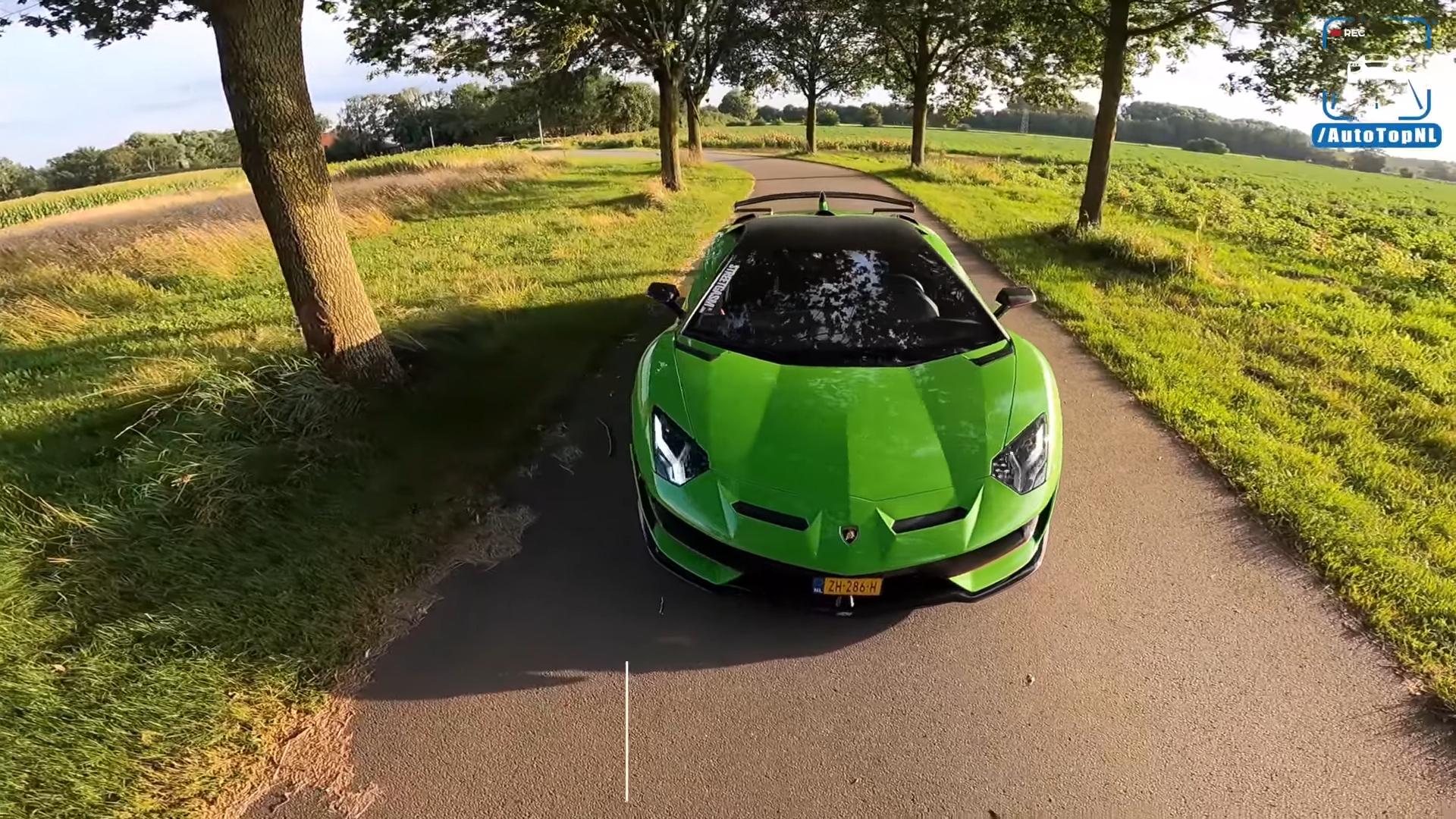
Lamborghini has issued a recall for 26 Aventador SVJ models due to a fault in the interior door handle mechanism. This defect could result in the vehicle’s door being unable to be opened from the inside, posing a risk of trapping the occupants within the cabin. This issue is particularly concerning as it could pose significant safety risks in an emergency.
The problem was traced back to a poorly trained employee at the factory, who needed to engage the cable pin appropriately inside the door handles. The interior door handle of the Aventador SVJ, essentially a pair of vinyl straps, may fail to operate over time due to this assembly error.
The recall affects the Aventador SVJ Coupe and Roadster models manufactured between December 2019 and January 2020. Lamborghini contacts all affected customers to fix and replace the faulty door handles. Notably, only 900 units of the Aventador SVJ are being made, and with a base price starting at over $500,000, it represents a significant investment for owners.
Despite this issue, the Aventador SVJ remains a marvel of engineering and performance. It’s powered by a naturally aspirated 6.5-liter V12 engine producing 770 horsepower and 531 pound-feet of torque. It can accelerate from 0 to 60 mph in just 2.8 seconds and has a top speed above 217 mph. Additionally, it’s known for setting a record lap at the Nurburgring Nordschleife circuit.
1. Mclaren 600 LT Recall
Affected Vehicles: 652 Units
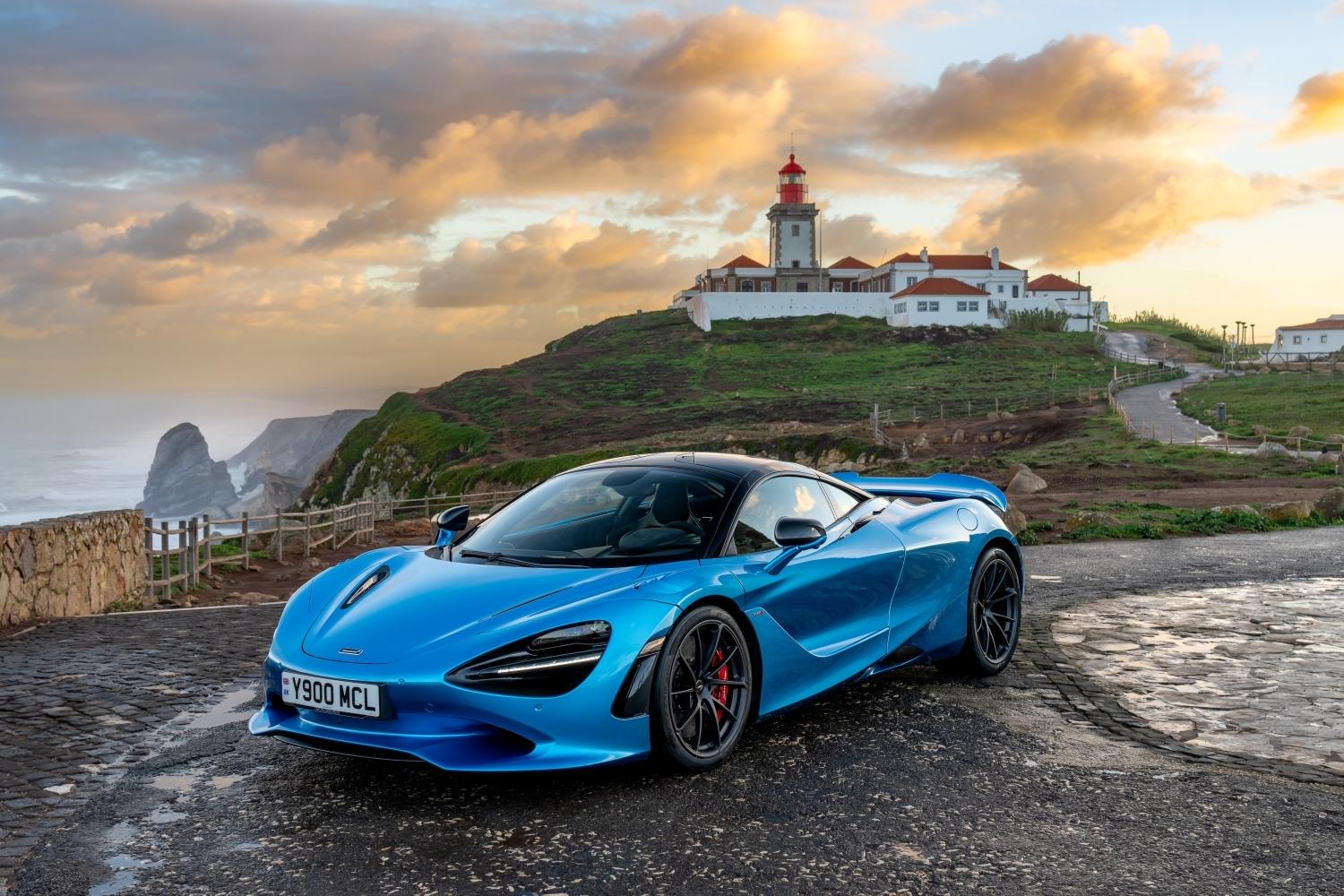
McLaren has issued a recall for all 600LT models in the United States, encompassing 600LT and 600LT Spider variants. This recall, which includes 652 units manufactured between July 4, 2019, and July 16, 2020, addresses a fire risk associated with the car’s cooling system. The issue stems from a faulty joint in the cooling system that could cause a coolant leak. Specifically, the outboard right-hand radiator joint between the temperature sensor housing and the hose running from the outboard radiator to the housing may leak due to inadequate sealing.
This fault is especially concerning during high-load vehicle conditions, such as when driving on a track, where the leaked coolant could come into contact with hot engine components and ignite.
The problem came to light in December 2022 when a McLaren service technician noticed a coolant leak at the radiator joint. Further investigation by McLaren’s engineering team in June 2023 revealed that the design of the joint might need to be sufficiently robust under dynamic driving conditions. McLaren plans to replace the coolant hose, the temperature sensor housing, and the clamps with updated components as a remedy. This redesign aims to ensure that the joint will not leak in the future.
This recall is significant for McLaren 600LT owners, as it pertains to a fundamental aspect of the vehicle’s performance and safety. The 600LT, known for its impressive performance capabilities, including a 3.8-liter twin-turbo V8 engine, is a high-value supercar, making this recall a crucial matter for both the manufacturer and the car owners.



